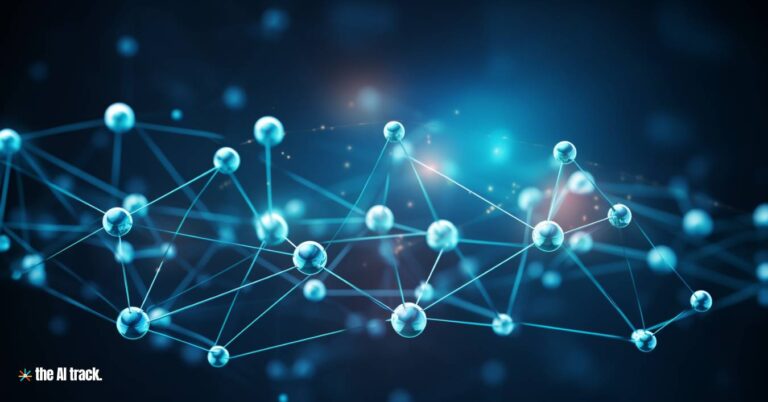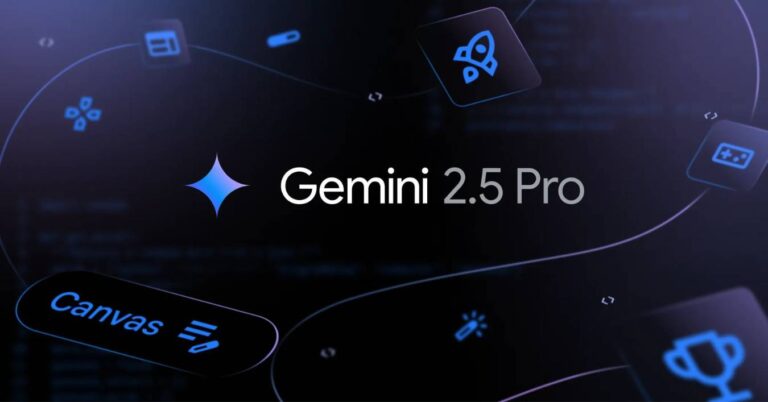In a groundbreaking development, Google DeepMind’s AI, known as “Gnome,” has made a monumental stride in the field of materials science by predicting 2.2 million new crystal structures. This discovery not only expands our knowledge of crystal compounds but also showcases the immense potential of artificial intelligence in accelerating scientific research and material exploration.

AI Reveals New Materials – Key Points
- DeepMind’s AI Breakthrough and Material Science: DeepMind’s AI has not just found new materials; it has rewritten the possibilities in material science. By identifying over 2.2 million new crystal structures, this AI system has showcased an unprecedented level of innovation, opening new doors for technological advancements.
- Transformative Implications Across Industries: These discoveries are not confined to laboratories. They hold the potential to revolutionize sectors like technology, healthcare, and energy. From creating more efficient solar panels to developing novel medical devices, the scope is limitless.
- Utilizing Advanced AI Algorithms: The success of DeepMind lies in its advanced algorithms, capable of sifting through vast datasets and identifying patterns and possibilities beyond human computation. This method represents a leap from traditional research methodologies.
- Data-Driven Predictions for New Possibilities: The AI’s predictions, rooted in a deep understanding of existing materials, combine known properties in novel ways to suggest entirely new materials. This approach is a testament to the power of data in driving discovery.
- Efficiency in Material Discovery Through AI: DeepMind’s AI accelerates the discovery process, shifting from the slow and often uncertain trial-and-error methods to a more streamlined, efficient approach. This efficiency is crucial in keeping pace with the rapidly evolving scientific demands.
- Synthesis Feasibility: A critical aspect of this discovery is the focus on the feasibility of synthesizing these materials in laboratory conditions. Predicting how easily these materials can be created and reproduced is pivotal for their practical application.
- Vast Increase in Known Substances: The discovery of over 2.2 million new materials is a staggering achievement, representing more than a 45-fold increase in the number of known substances in scientific history. This monumental increase vastly expands the boundaries of material science.
- Sharing Promising Structures: In a collaborative spirit, researchers plan to share details of 381,000 promising structures with the global scientific community. This sharing is aimed at fostering further exploration and experimentation, thereby accelerating advancements in the field.
- Synthesis: The Next Frontier: While the AI has mapped the blueprint of these materials, the challenge now lies in their synthesis. Creating these materials in real-world conditions is a complex task, involving intricate chemical processes and precise conditions.
- The Role of Robotics in Material Synthesis: To bridge the gap between discovery and application, robotics are being integrated. Robotic chemists are not just assistants; they are pioneers in their own right, bringing these materials from the realm of data into reality.
- Navigating Experimental Bottlenecks: Despite the computational leap, the physical synthesis of these materials is often a bottleneck. Balancing the pace of AI discoveries with the slower, more meticulous process of experimental verification is a challenge that needs addressing.
- Global Impact and Scientific Innovation: The discovery of these new materials is more than a scientific achievement; it’s a global milestone. It represents a new chapter in our understanding of the world, pushing the boundaries of what’s possible in material science.
- The Future of Material Science with AI: This breakthrough by DeepMind is not just about new materials; it’s about a new way of exploring science. It sets a precedent for how AI can be harnessed to accelerate discoveries across various fields.
- Ethical Considerations in AI-Driven Science: As we venture deeper into this AI-driven era of material discovery, ethical considerations become paramount. Ensuring responsible use of AI and considering its broader impact on society is crucial.
Sources
- “Google DeepMind AI reveals potential for thousands of new materials”, Reuters, Link
- “An AI Dreamed Up 380,000 New Materials. The Next Challenge Is Making Them”, WIRED, Link
- “Google’s DeepMind finds 2.2M crystal structures in materials science win”, Ars Technica, Link
- “AI gives a boost to the quest to develop new materials”, Axios, Link
- “A Google AI has discovered 2.2m materials unknown to science”, The Economist, Link




